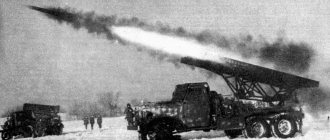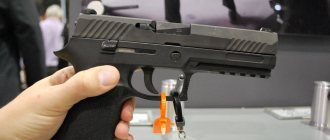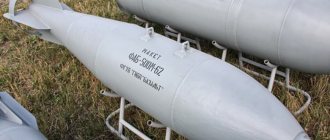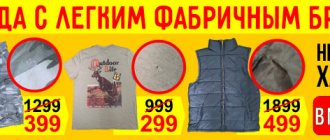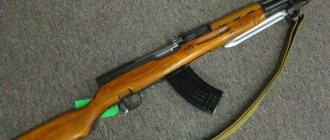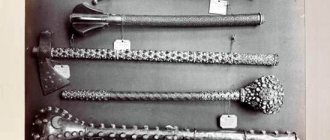International agreements
In 1972, according to the conclusion of a special UN commission, incendiary weapons were conditionally classified as weapons of mass destruction. This decision was made on the basis of studying the experience of combat use of ZO and its high efficiency when operating against fire-hazardous objects and manpower.
According to the Convention on Prohibition or Restrictions on the Use of Certain Conventional Weapons which may be Deemed to be Excessively Injurious or to have Indiscriminate Effects), adopted in 1980 by the UN, Protocol 3 “On the Prohibition or Restriction of the Use of Incendiary Weapons” [1] Article 2:
- the use of incendiary weapons against civilians is prohibited;
- prohibits the use of airborne incendiary weapons against military objectives in areas where civilian populations are concentrated and regulates the use of other types of incendiary weapons in such areas;
- It is prohibited to make forests the target of attack using incendiary weapons, except in cases where forests are used to shelter military installations or combatants.
Protocol 3 does not classify the following types of weapons as incendiary weapons:
- Weapons whose incendiary effect is random, such as flares, tracers, smoke and signal systems
- Ammunition intended for combined destruction by explosion or fragments with an additional incendiary effect, such as explosive shells and bombs; when used against military targets, such as armored vehicles, aircraft, installations, and structures.
Currently, in some countries, research is continuing to further improve incendiary weapons, which, in turn, determines the increasing role of protection against them.
Small incendiary bomb ZAB-2.5-1b/o
Taking into account the previously mentioned magnesium deficiency that arose in mid-1941, OTB-6 of the NKVD developed a version of a small-sized thermite incendiary bomb without a casing (without casing, b/o).
It entered service with the Air Force spacecraft in the same year under the name ZAB-2.5-1b/o . Its warhead made of thermite composition, compressed under high pressure, did not require a shell, which in any case would still burn when the ammunition was fired. To protect the bomb from moisture, it was covered on the outside with a layer of paraffin, which also contributed to the burning of the warhead for 2 minutes.
The ring stabilizer was attached to the ammunition body with three legs to a belt worn on its back. Instead of a fuse, aerial bombs were finally equipped at the factory with fuses of the original design with two stages of fuses.
When the ammunition was fired, the flame temperature reached 2000-2500°C. At the end of the combustion, a flowing molten iron was formed, which had significant incendiary ability. For example, it could burn through sheet iron up to 2 mm thick.
Source: E. Pyryev, S. Reznichenko. Bomber weapons of Russian aviation 1912-1945.
